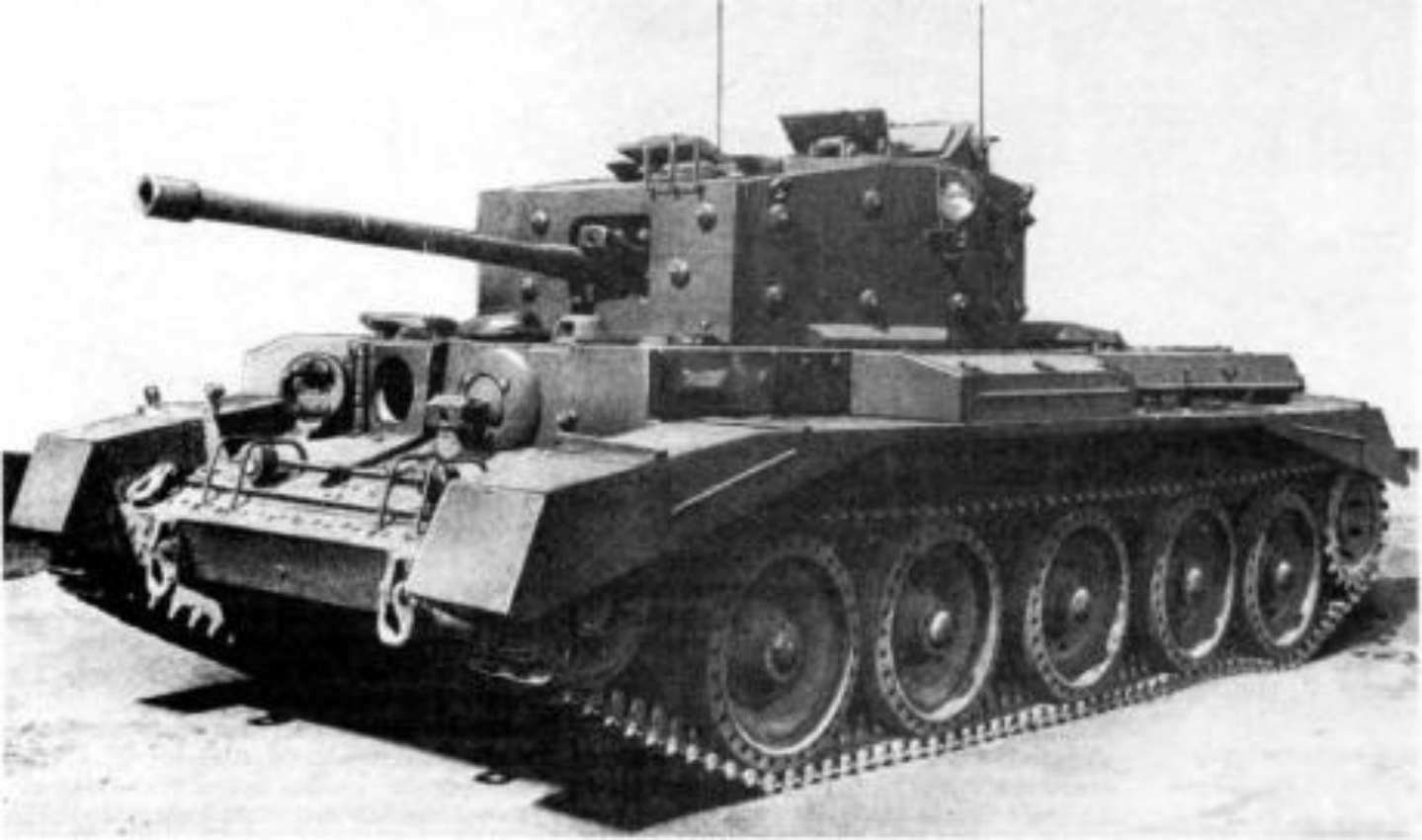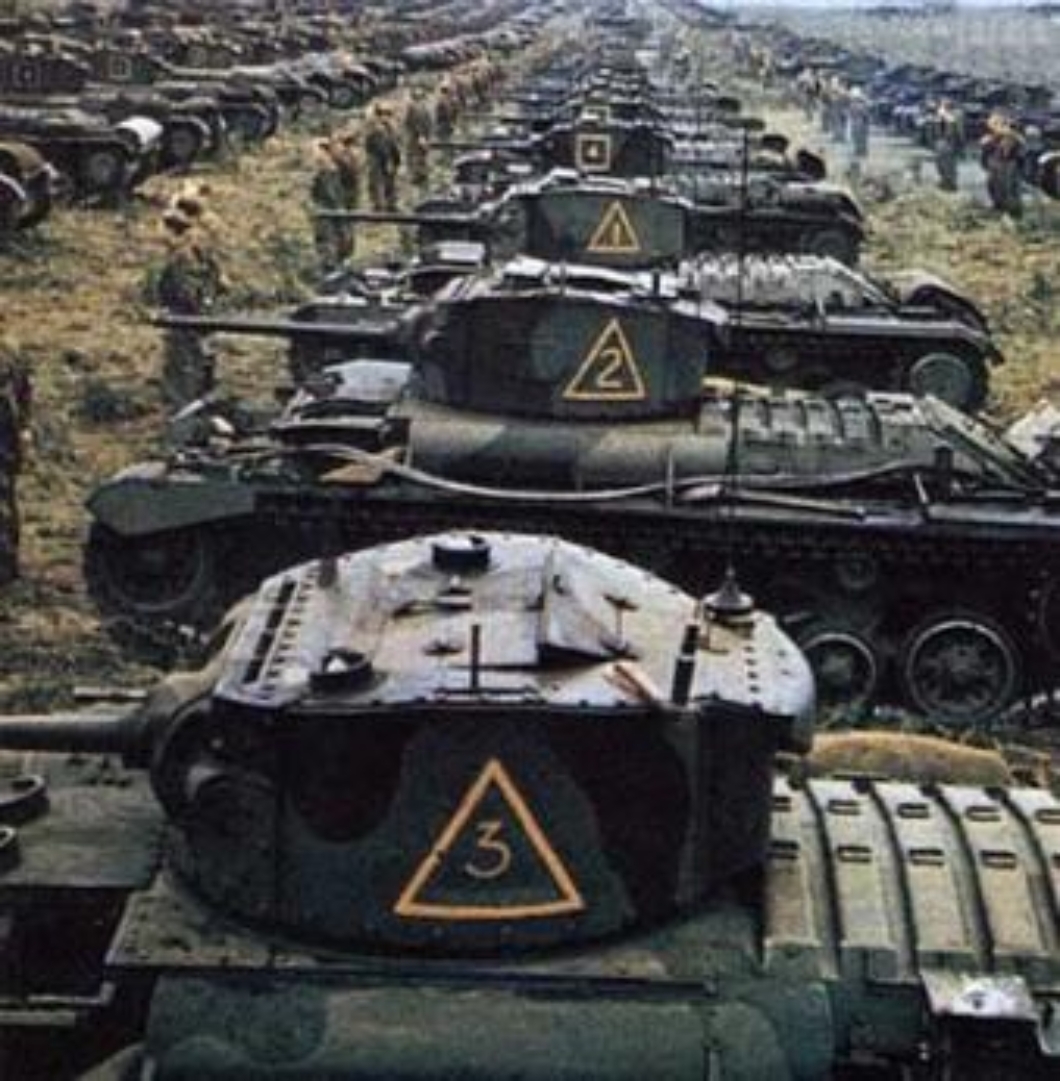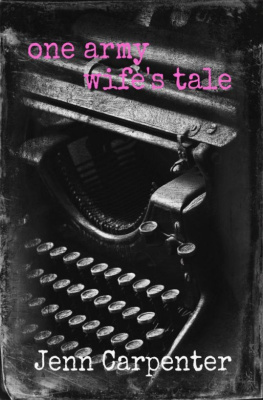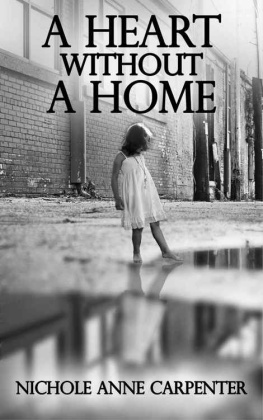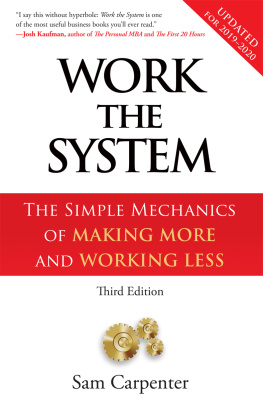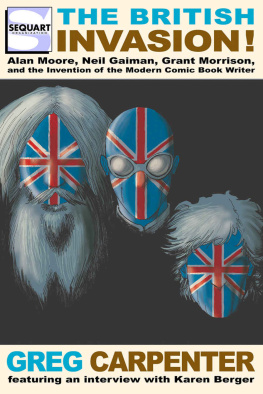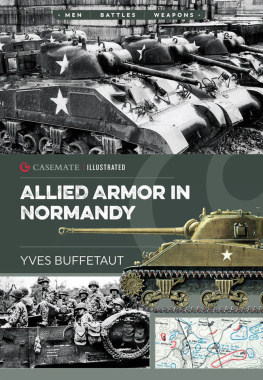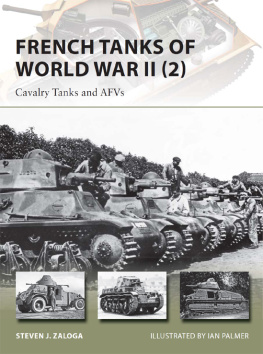Features of tanks and armored vehicles of Great Britain in the Second World War
The best technologies of world wars
John B. Carpenter
All rights reserved
John Carpenter , 2017
Fotos by:
Gina Smith
Tanya Dolski
Sam Sanderson
Bill Carson
This is the second edition, revised and updated. It has added new information about some rare models of armored personnel carriers.
This book is devoted to the tanks and wheeled armored vehicles of England, which were used during the Second World War. Here you can learn the history of their creation and compare tactical and technical characteristics. Also, there are examples of the participation of armored vehicles in certain battles.
Content:
Light, medium and heavy tanks
Wheeled armored vehicles
In this edition there are only a part tanks and armored vehicles. A full description of the models is available in the extended version of the book.
Intro
The development of British armored vehicles in the prewar years reflected a conflict of opinion on the nature of the future war. Supporters of the creation of mechanized armies, who believed that the Second World War with their participation should end quickly, with a single strategic strike that within days or even hours would decide the outcome of the battles and force the enemy to surrender, insisted on the creation of "cruising" tanks.
They were lightly armored tanks, with increased speeds and with guns of caliber 40 mm. To test their views on the future war, they achieved the creation of the first experimental mechanized compound in the British armed forces in 1927.
There was also a group of influential military forces, based on the headquarters of the land forces of England, who believed that the main destiny of the tanks was the direct support of the advancing infantry. To do this, low-speed heavily armored tanks with 40-75 mm cannons are used - so-called "infantry" tanks. As a compromise, it was decided to have both cruising and infantry tanks in service. Infantry tanks included tanks of the type "Matilda", "Valentine" and "Churchill", cruising - "Crusader", "Cromwell", "Comet".
Thus, the inseparable combat qualities of the tank - armored protection and mobility were artificially divided between two types of machines. The fallacy of this concept was revealed in the course of combat operations quite quickly, but to create a single tank during the war, capable of performing the tasks of direct infantry support and acting as part of the armored units, the British designers failed. Therefore, the best tank of the British army was the American M4 Sherman.
Created in England before the war, light tanks quickly disappeared from the battlefields, as their armor and weapons proved unsatisfactory. Therefore, in the British army, American light tanks M3 and M5 were widely used. In 1943, the production of its own light tank, Tetrarch, was started, but its combat characteristics were lower than the characteristics of German tanks. Self-propelled artillery, as in the US Army, was divided into field, anti-tank and anti-aircraft artillery. However, the number of self-propelled units produced by the industry in England was small and amounted to about 800 machines.
The characteristic features of the British armored vehicles were:
large overall dimensions and weight, low firepower and mobility of tanks;
the creation of field, anti-tank and anti-aircraft self-propelled installations based on tanks and cars;
extensive use of the chassis of obsolete light tanks for the creation of armored personnel carriers;
creation and wide use of armored vehicles;
the use of obsolete structural solutions and technological methods: the vertical arrangement of armored plates, the frame construction of tanks, the connection of armor plates on bolts and rivets, the use of mainly carburetor engines, etc.
In total during World War II, 25116 tanks were produced in England, 23246 more tanks and ACS came from the USA and Canada. Formation of armored connections in England was rather slow. By the end of the second year of the war, five armored divisions and five separate brigades were formed.
The Armored Division consisted of two armored brigades, each of which had three tank regiments, as well as two motorcycle rifle battalions, artillery and mixed antiaircraft and anti-tank regiments.
In the division there were about 300 tanks, but virtually no motorized infantry. In addition, the structure of the division turned out to be cumbersome and did not allow the operative management of units during the battle. Therefore, at the end of 1942, the divisions were reorganized. Of these, one armored brigade was excluded, but a brigade of motorized infantry was introduced, artillery regiments became two, and a regiment of anti-tank artillery was introduced. The division of the 1942 sample numbered 18,000 personnel, 344 tanks and more than 150 guns.
Joint armored divisions formed separate armored brigades consisting of three regiments. In each brigade there were 260 tanks each. In total during World War II, 11 armored divisions and 30 armored brigades were formed in the UK. Tank corps and armies were not created; however, army corps participated in different stages of the war, which included 2-3 armored divisions.
Light Infantry Tank "Valentine"
Tank "Valentine" was developed by the company "Vickers-Armstrong", its production was started in 1940 and lasted until 1944. It has a classic layout: the control compartment is located in front, in the middle part of the body there is a combat compartment, and the power compartment and the power transmission compartment are in the rear part of the case. In the running gear, a spring suspension is used.
Support rollers are combined into two blocks on the board, in each block two small rollers and one roller of medium diameter. Rollers have rubber coverings of working surfaces, the caterpillar is used fine-grained. The machine has a relatively strong reservation: the thickness of the front and side armor of the hull and tower is 65 mm and 60 mm, respectively.
The infantry tank "Valentine" was produced in eleven modifications, with changes being made only to the armament and power unit, and the hull, power train and undercarriage remained unchanged, only on the first shipments of the hull were riveted and welded on all subsequent ones. Machines of the first seven modifications had a 40-mm gun, three subsequent - a 57-mm gun, and the eleventh - a 75-mm gun.
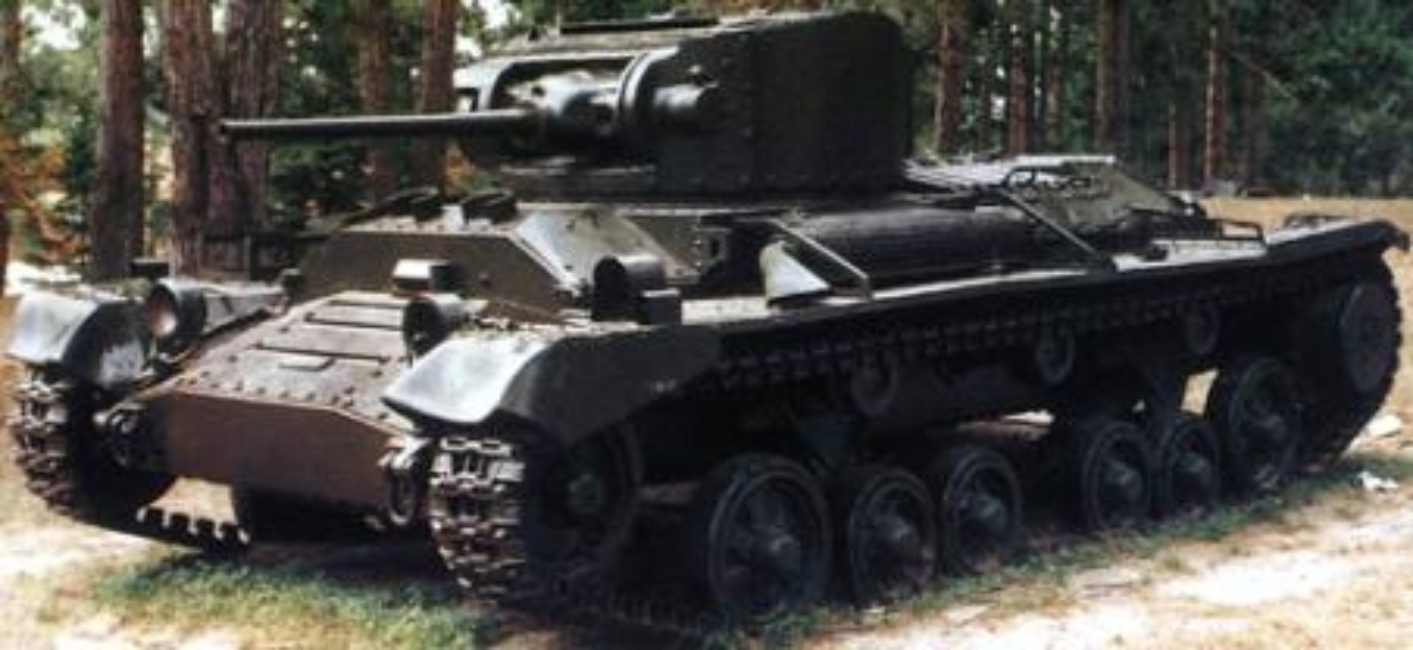
The guns of the caliber of 57 mm and 75 mm were too large for a relatively small tower of the tank, so it was necessary to reduce the number of crew members in the tower to two, which made it difficult to service the gun. At the first modification the carburetor engine was installed, on all subsequent diesel engines. It was equipped with telescopic sights, mirror periscopes as observation devices, and also a radio station. It turned out to be the most massive English tank - it produced 8275 vehicles of this type, although their armament and mobility were always assessed as insufficient. Used in separate tank brigades to directly support the infantry. A significant amount was supplied to the USSR by Lend-Lease.

